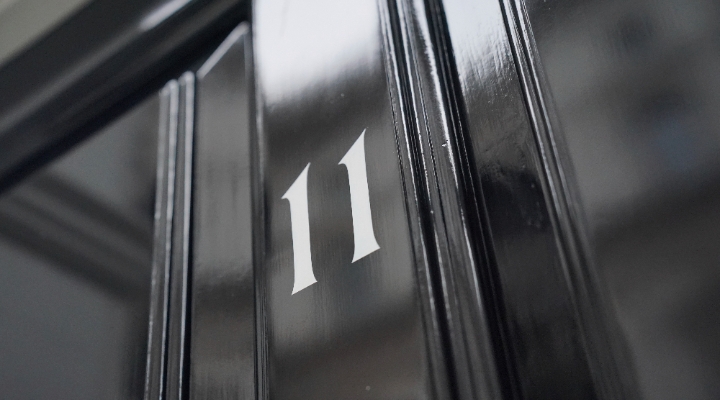
The UK’s long-term government borrowing costs have lifted to their highest level since 1998, in a potential blow for the chancellor Rachel Reeves.
The yield on 30-year gilts spiked above 5.24% on Wednesday as UK bonds sold off. Last year the 30-year gilt was yielding 4.38%.
It ramps up the pressure on the Treasury’s headroom for increased public spending, amid the prospect of higher interest costs. Gilt yields represent the interest rate that governments must pay to investors in public debt, as well as the cost of borrowing by the state.
Global Bond Market Trends: Fear and Inflation
The rise comes amid a fresh barrage of bond sales and investor concerns over the threat of stagflation.
Rates have also remained higher due to predictions that interest rates will come down slower in the UK than previously expected.
Globally, there has been a wider sell-off in government bonds in recent months in the face of worries that President Donald Trump could introduce a tariff policy which would be inflationary for many international economies.
On Tuesday, the UK’s Debt Management Office sold £2.25 billion on 30-year notes, with a yield of 5.19%.
It is also expected to sell a further £4.25 billion of notes on Wednesday, while the Bank of England is also reducing its balance sheet through the sale of some securities as part of its quantitative tightening process next week.
Last year, the DMO said it expected to sell about £296.9 billion of notes over the 2024-25 fiscal year.
More on Government Bonds
After the Rate Cut, Should I Still Buy Bonds for Income?
How Top Bond Managers Are Playing the Rate Cut
Buying Government Bonds? Read This First
The author or authors do not own shares in any securities mentioned in this article. Find out about Morningstar's editorial policies.























